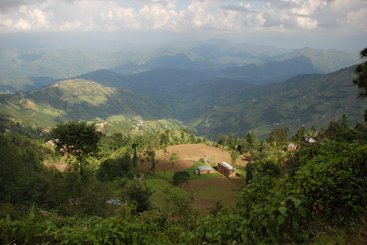The expansion of renewables and transitions to net-zero carbon economies are necessary to avoid catastrophic climate change, and the renewables infrastructure investments need to be resilient to rapidly changing threats related to climate change, environmental degradation and cyber-attacks. Low-carbon energy systems also need to meet the opportunities of diversifying economies and new technologies, such as widespread use of electric vehicles. Yet, planning for the long time horizons of climate change is novel for many energy policy-makers and energy companies around the world.
Infrastructure built now or before 2030 will have to contend with projected changes in the 2050s; hydropower and thermal power plants have longer lifetimes and must be prepared to handle the climate of 2100. Given regional interconnectedness, damage or disruption to generation or transmission at one point due to a climate hazard event can cascade risks throughout the regional power distribution system.
Resilience in the energy system requires anticipation of future risks and demand. Proactive risk management should deploy full semi-quantitative to quantitative climate change and disaster risk (inclding cybersecurity) assessments as part of environmental impact assessments for planned energy infrastructure in each country.
This report's recommendations offer starting points towards proactive risk management to protect net-zero energy investments, national economies and regional economic development goals.







